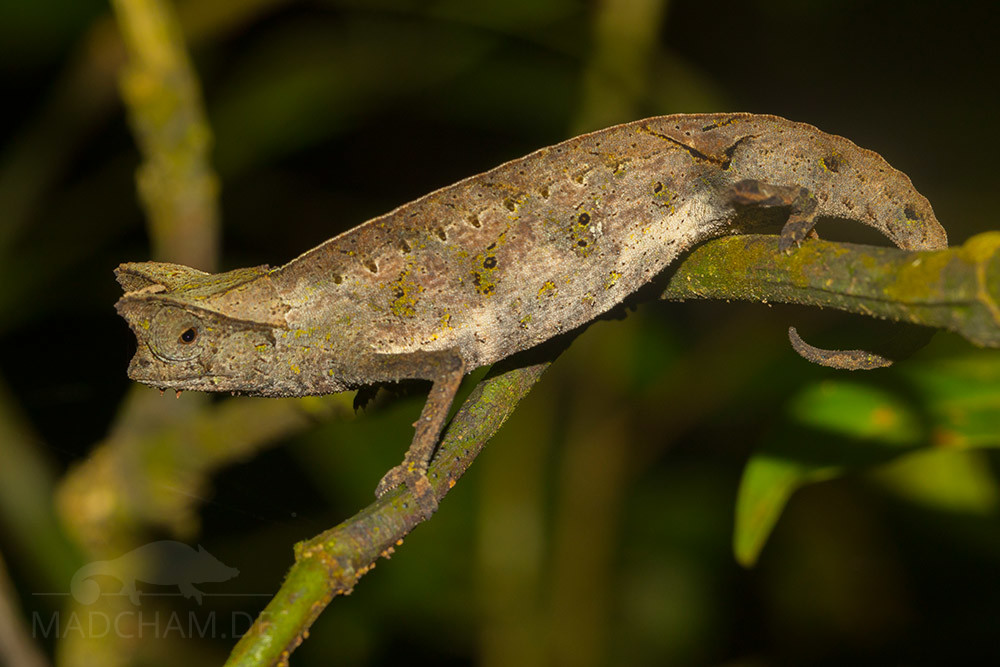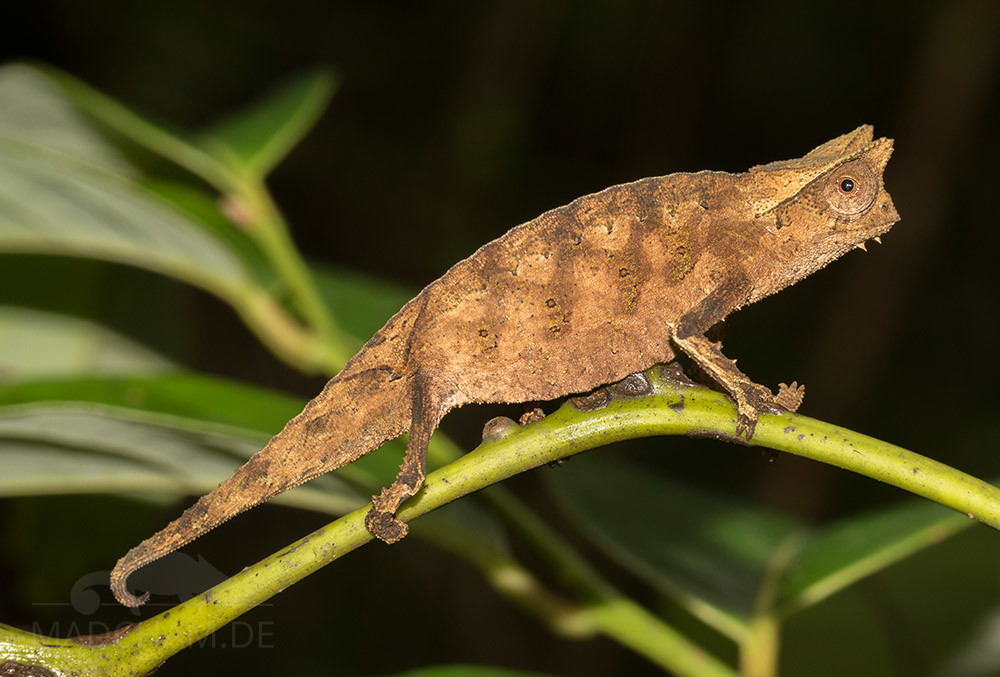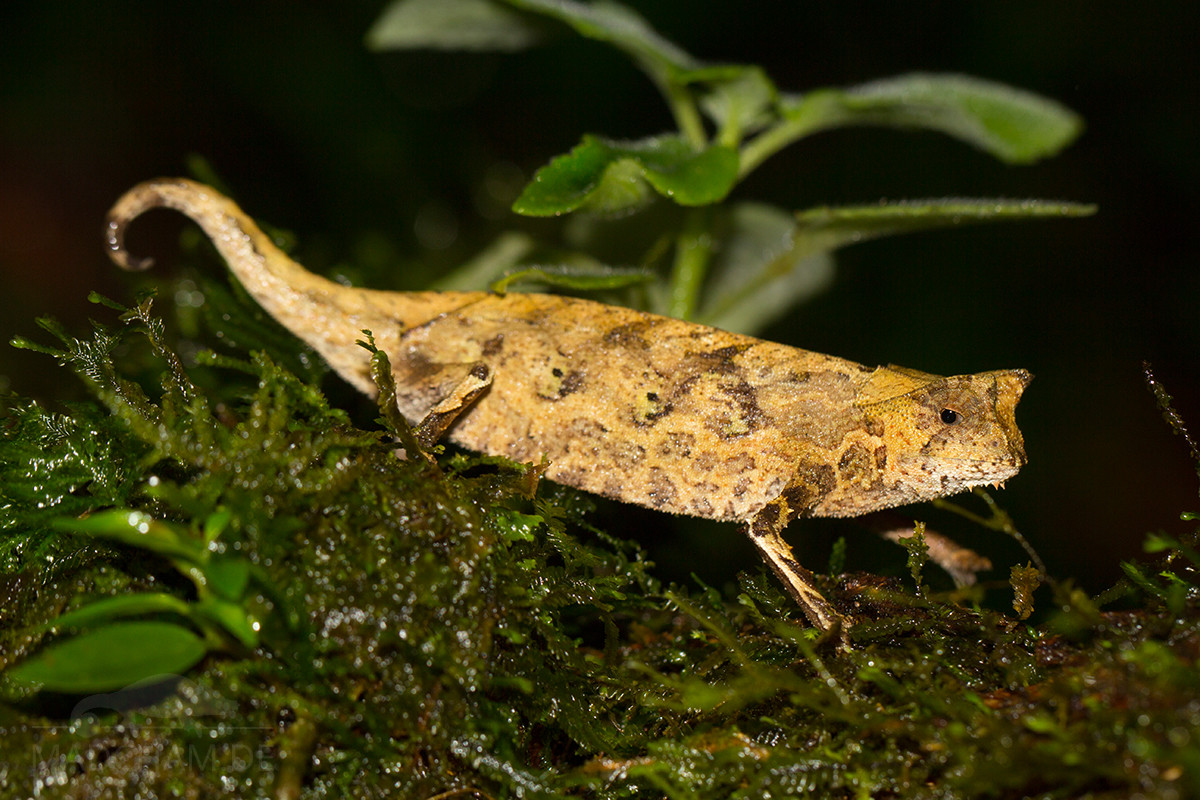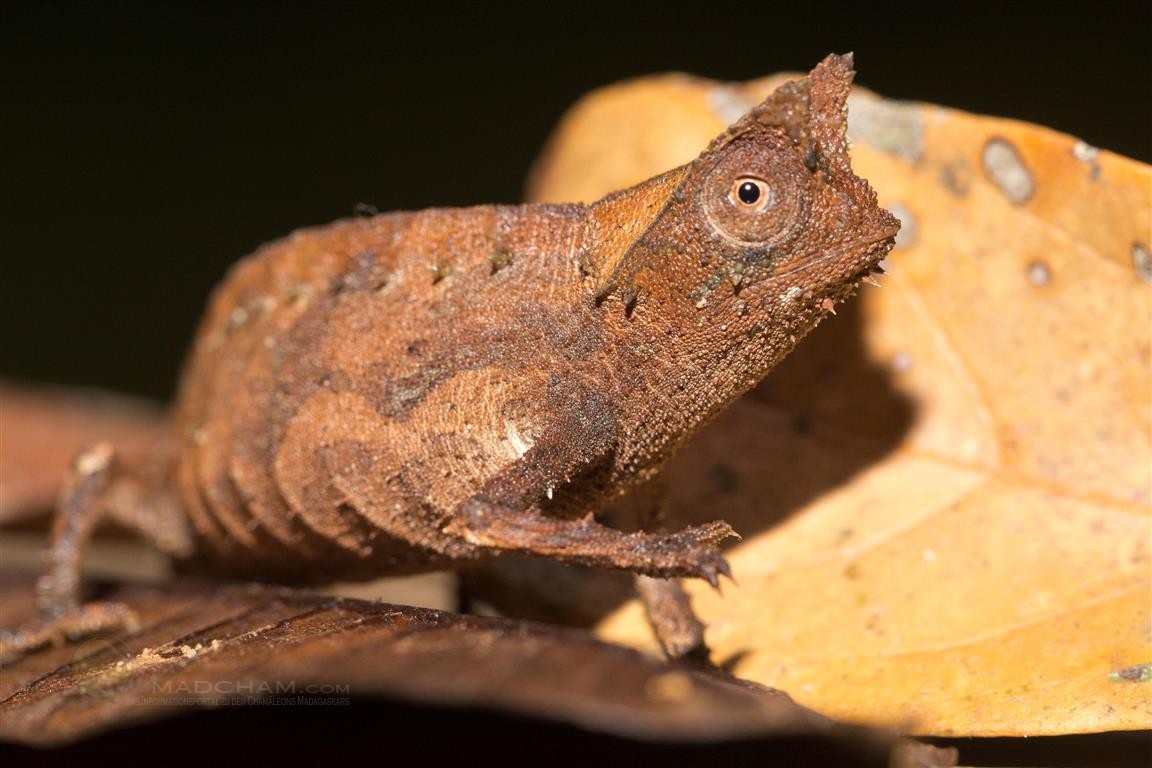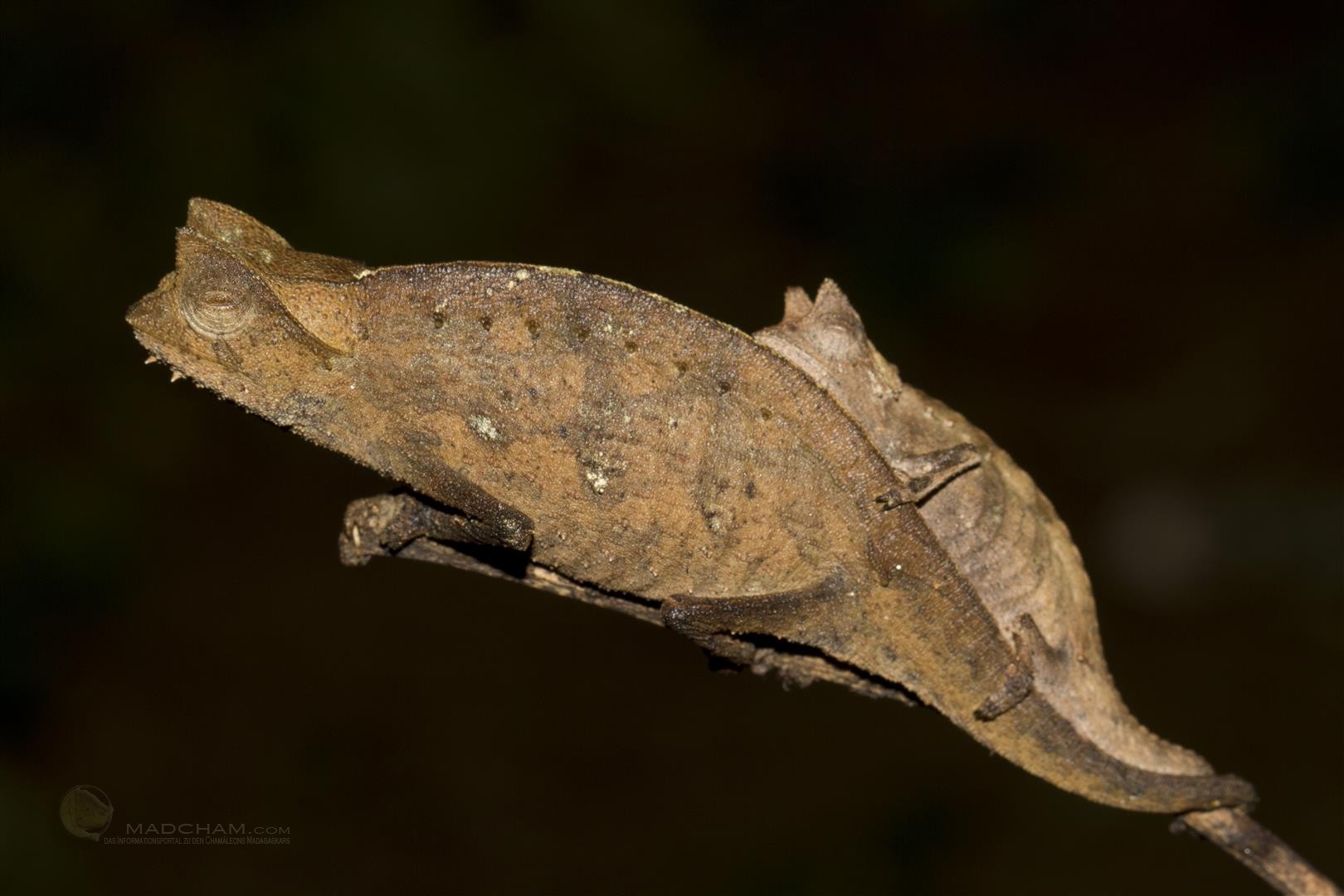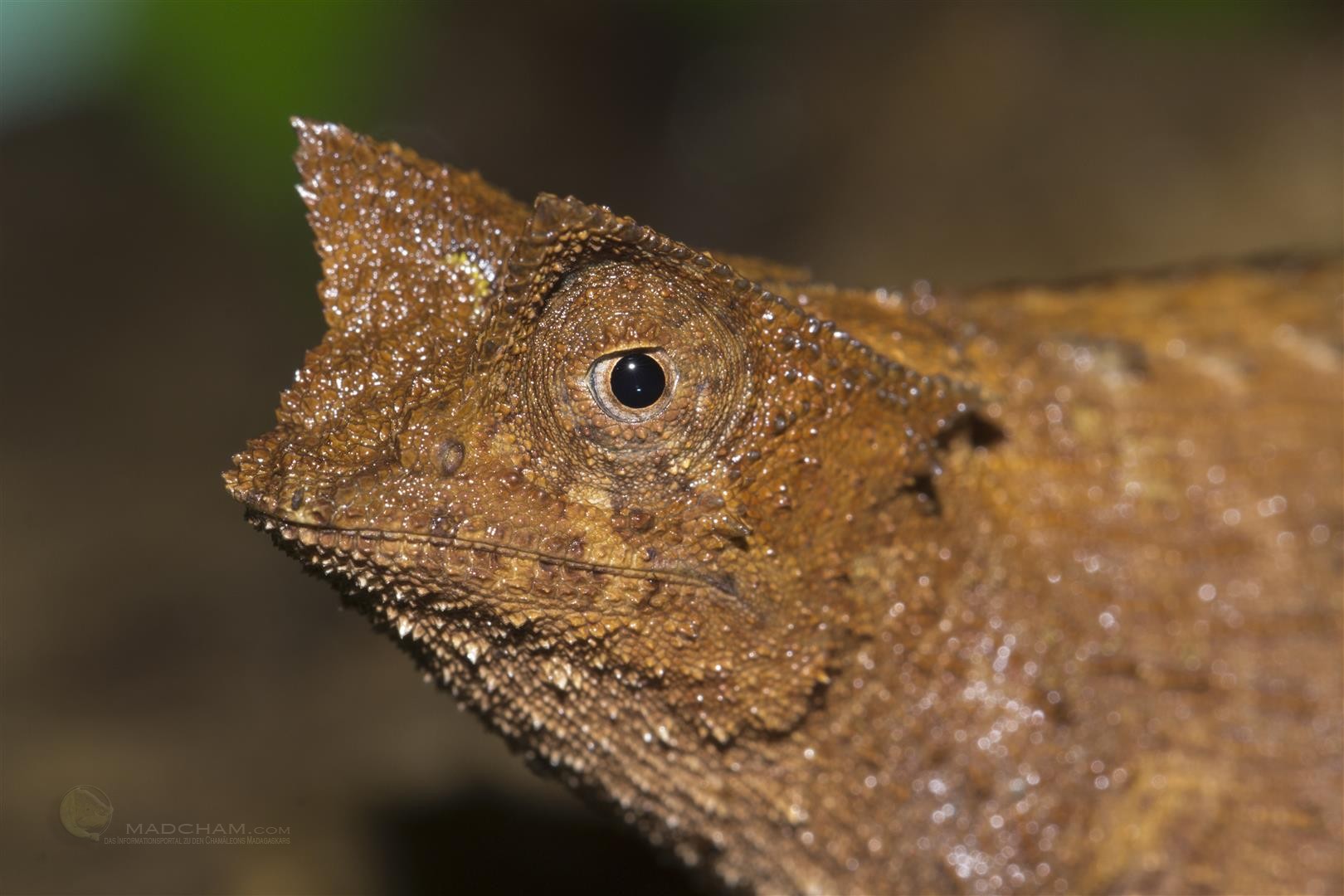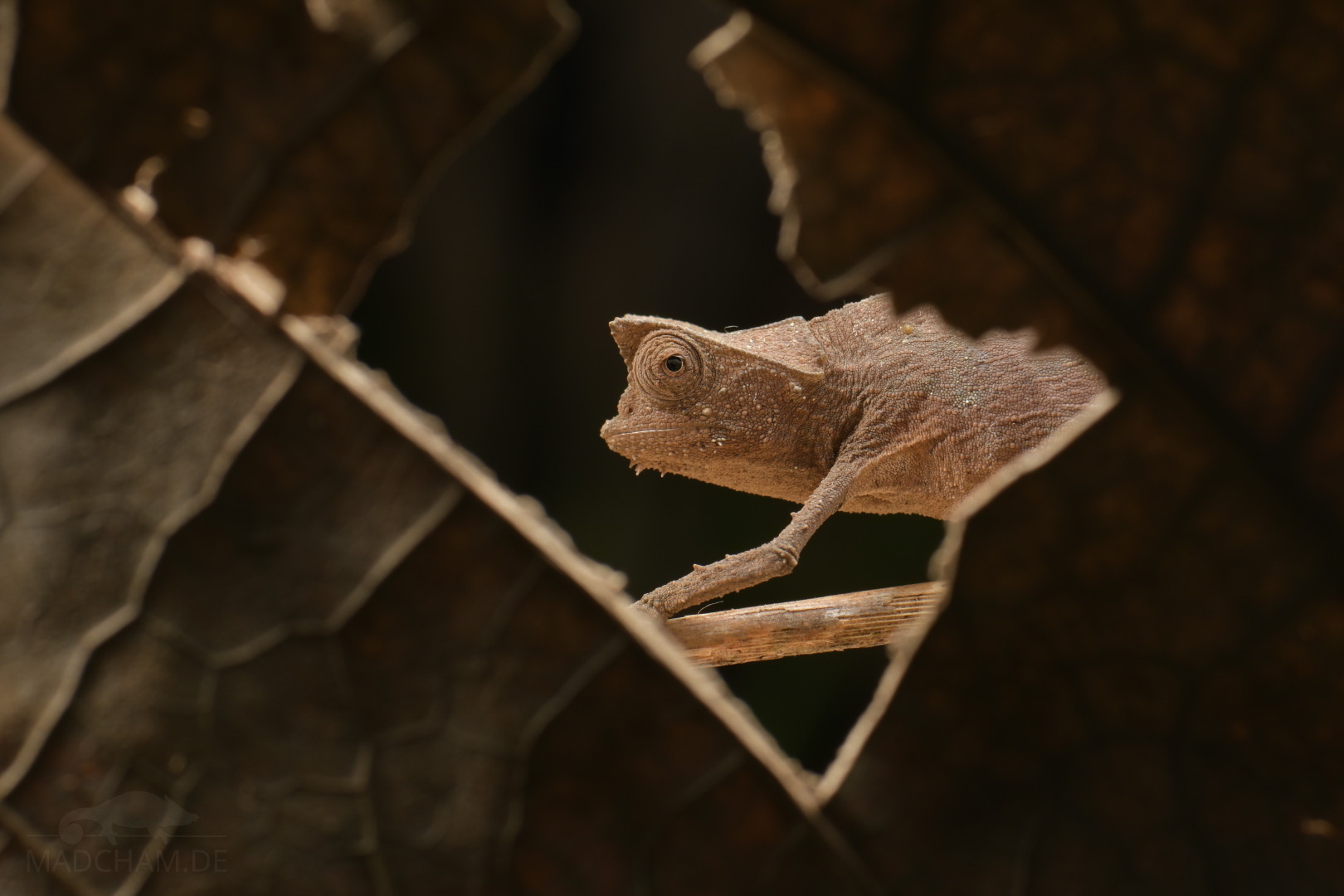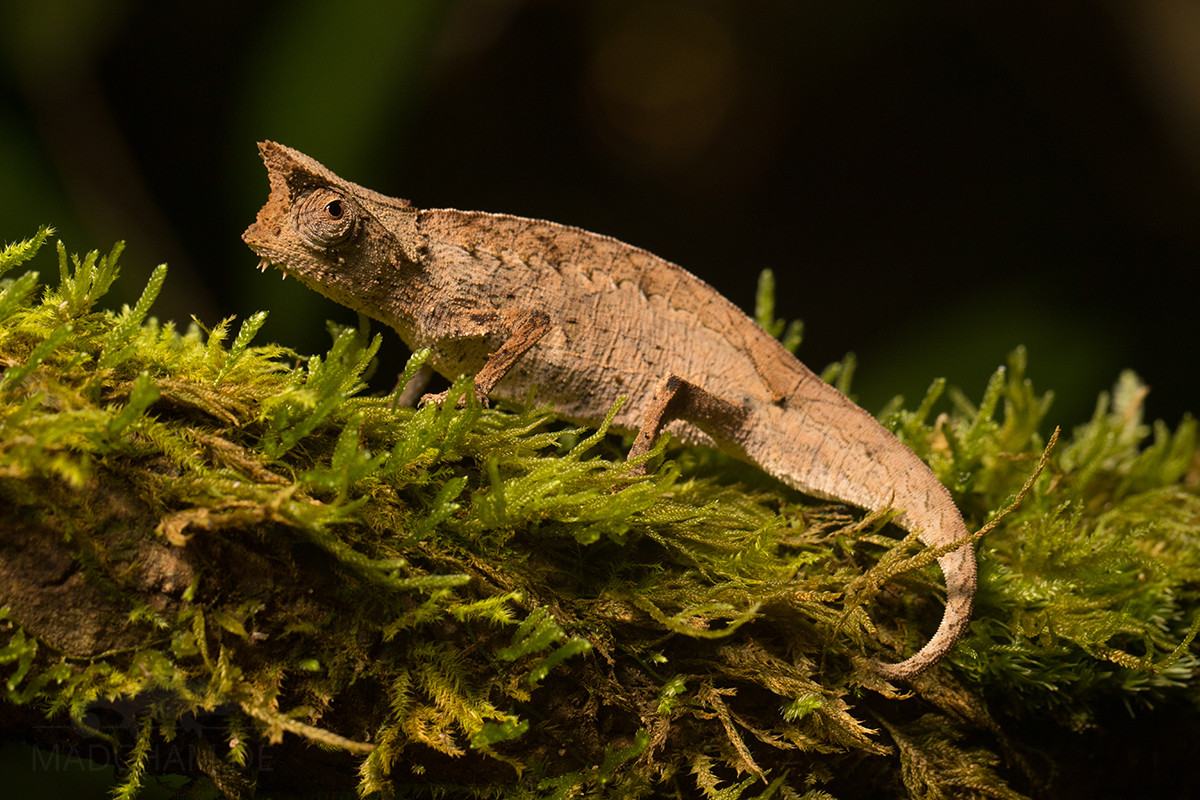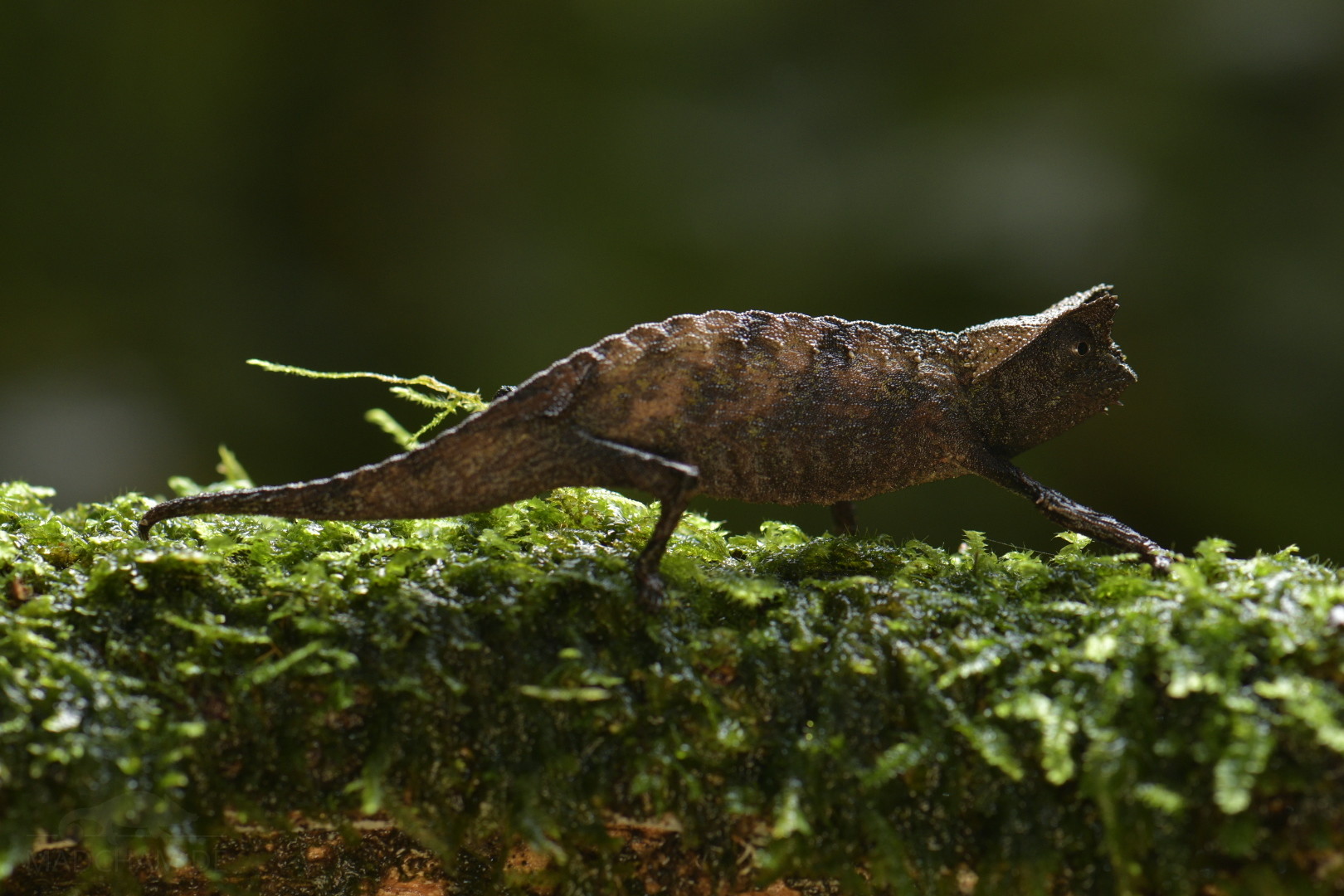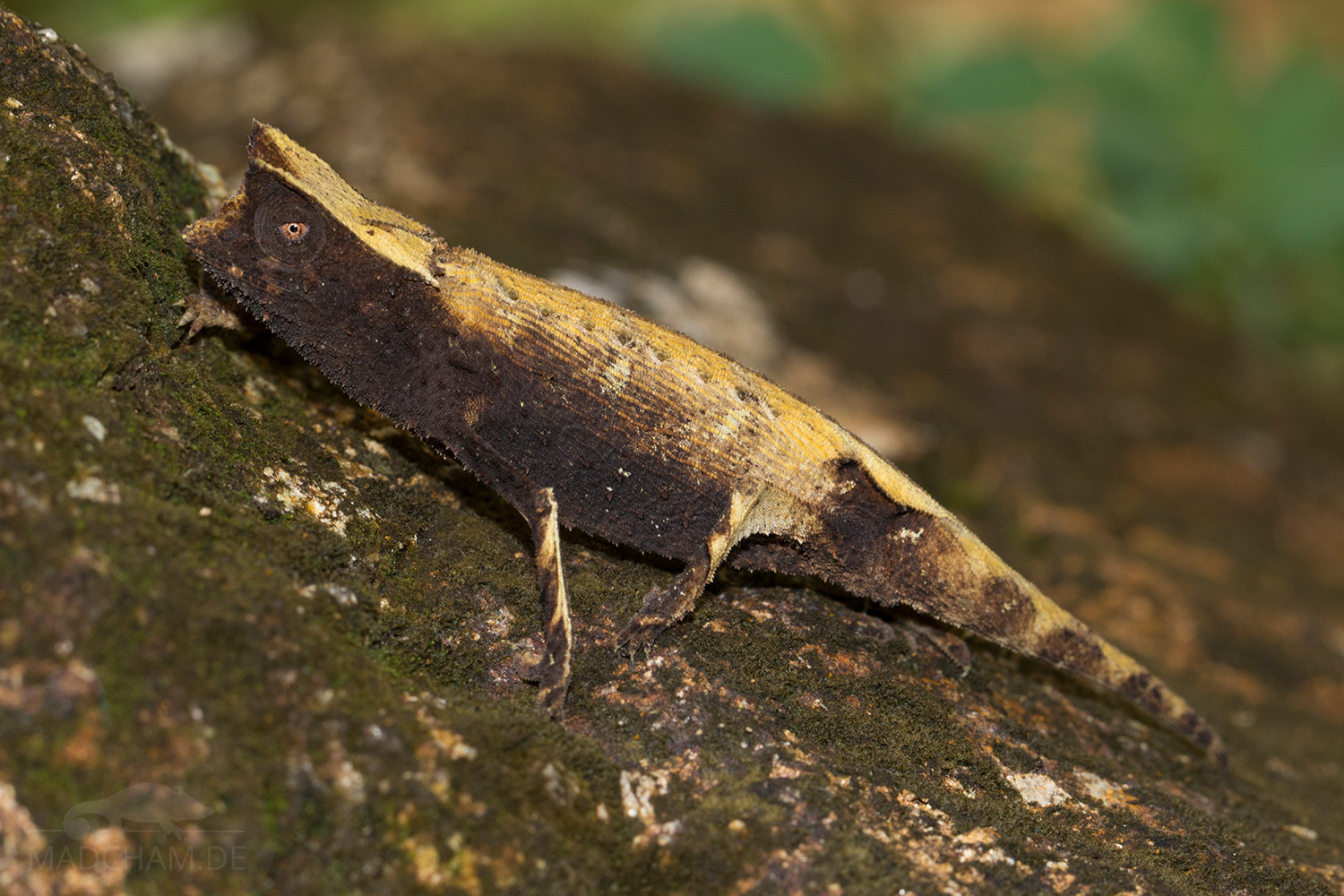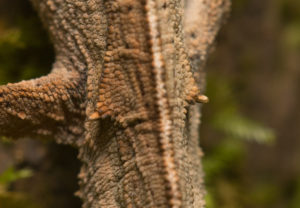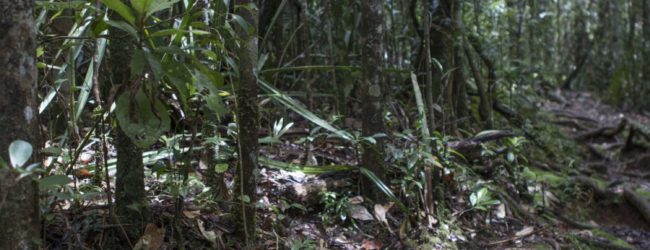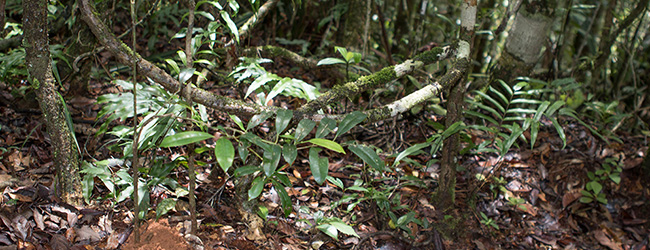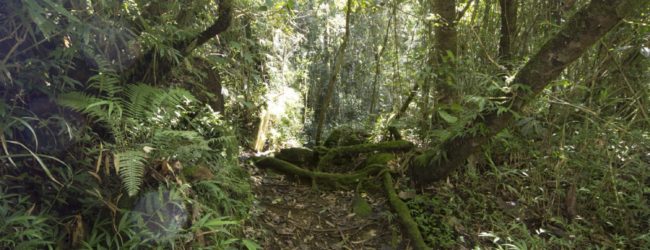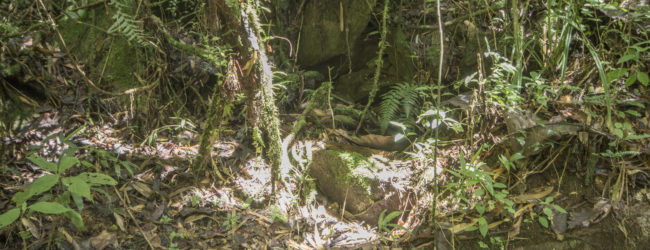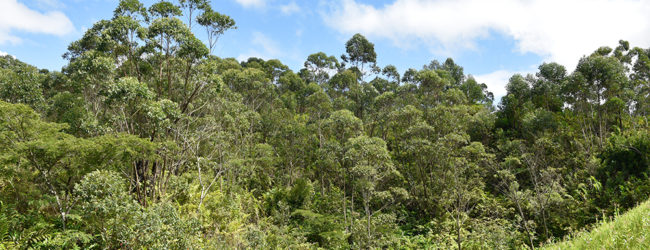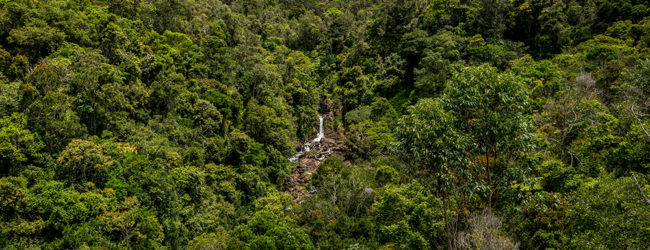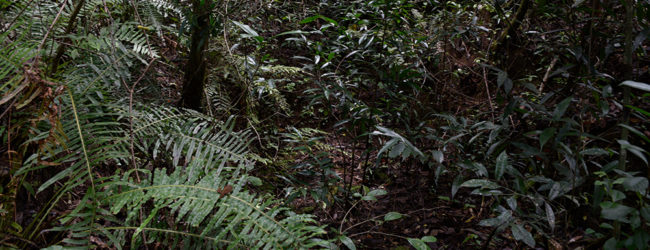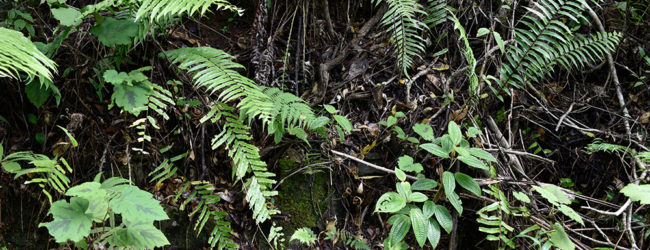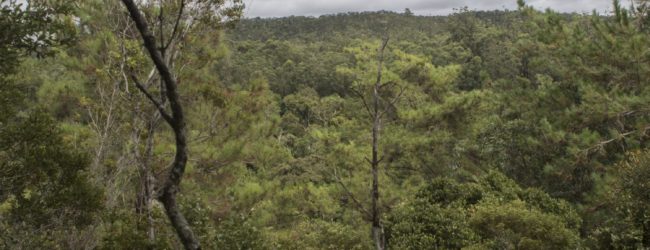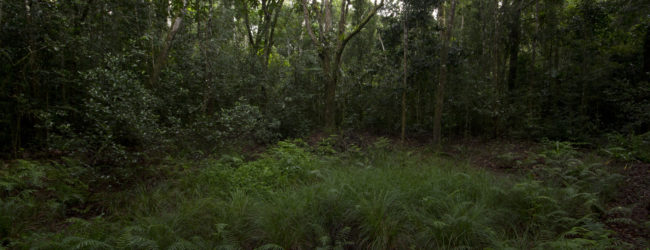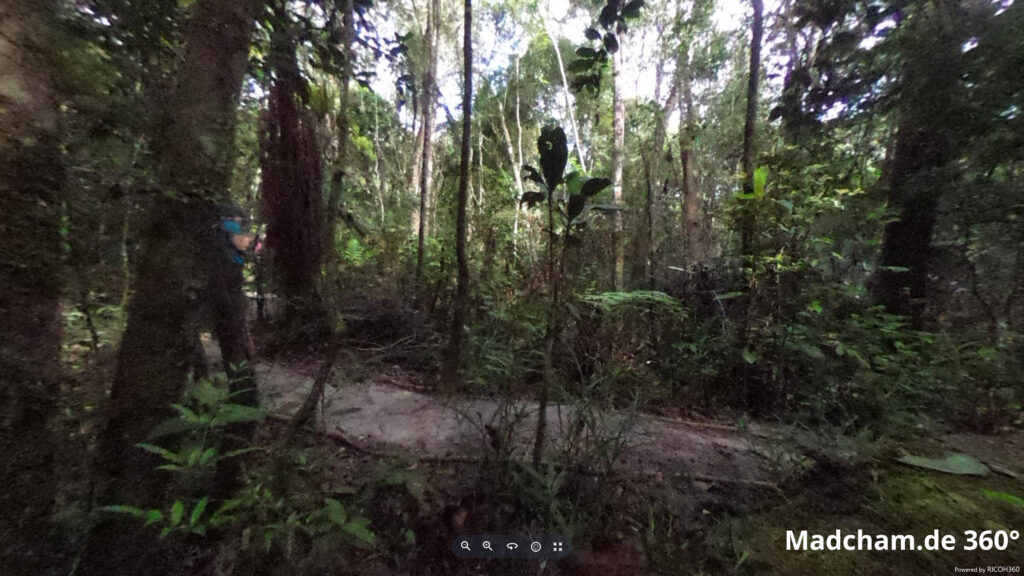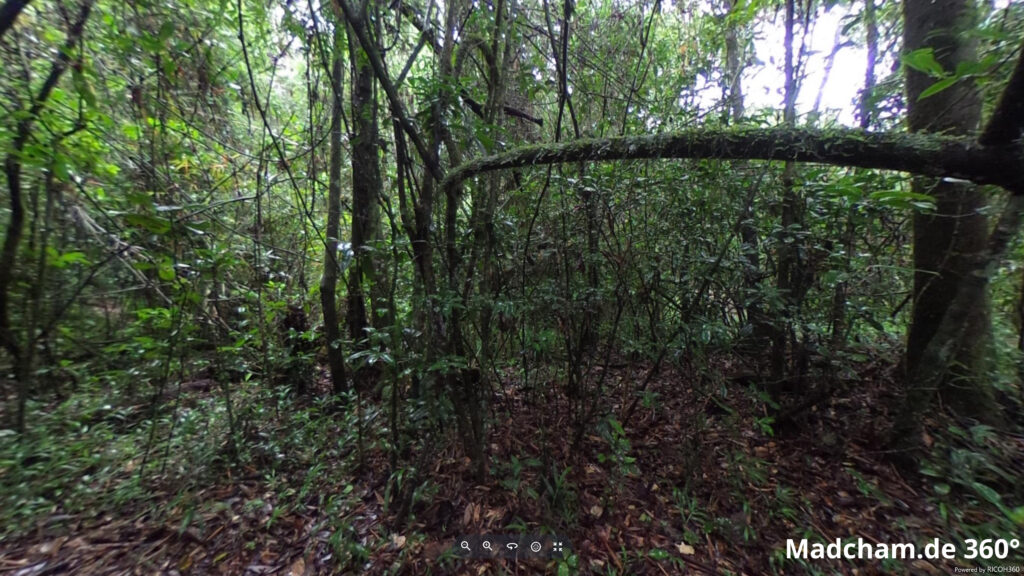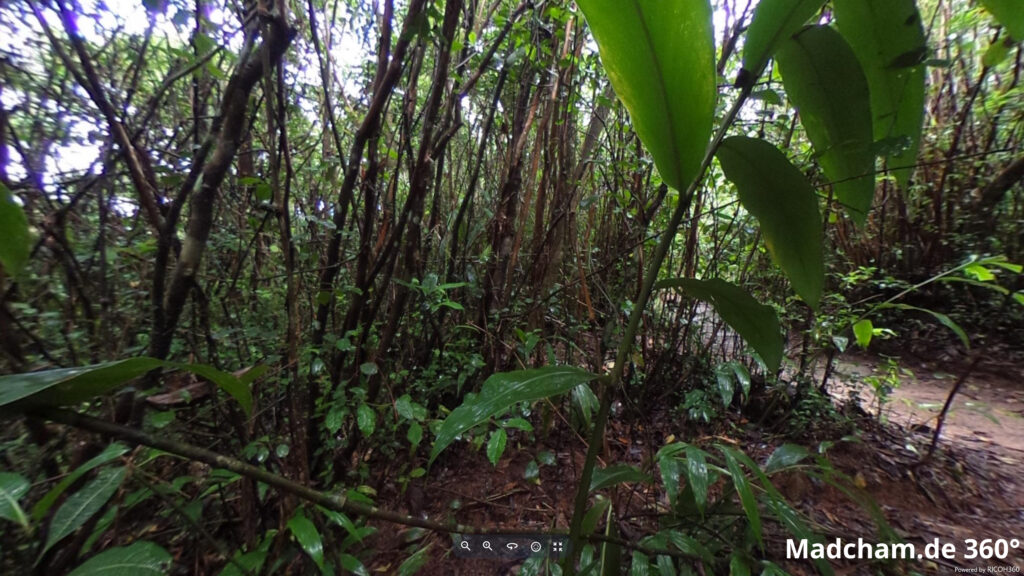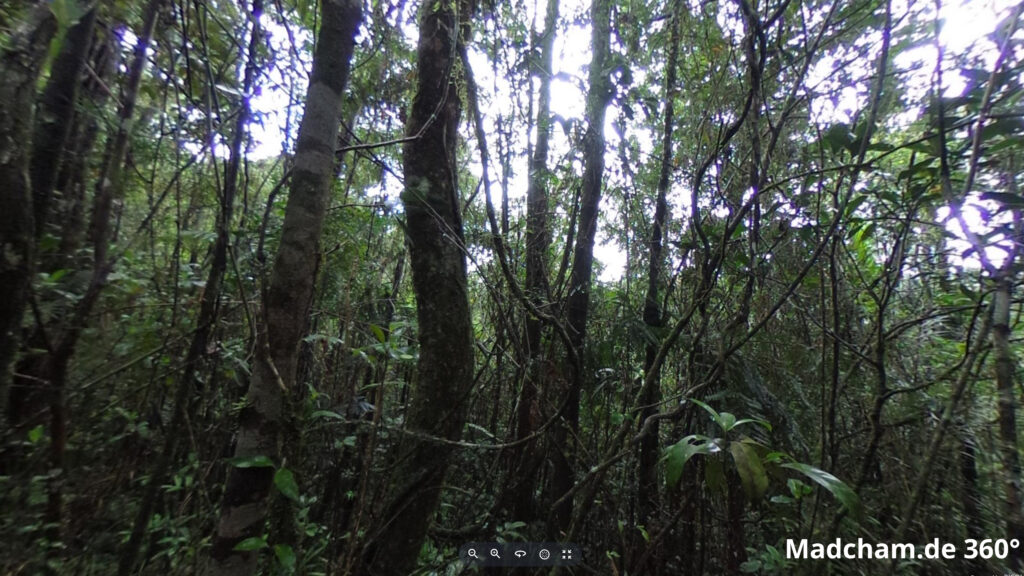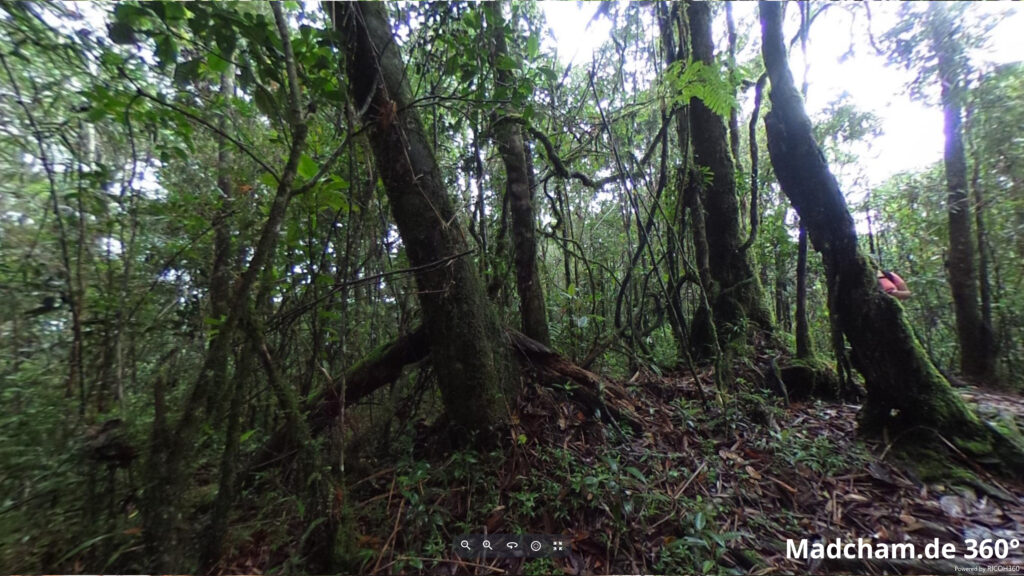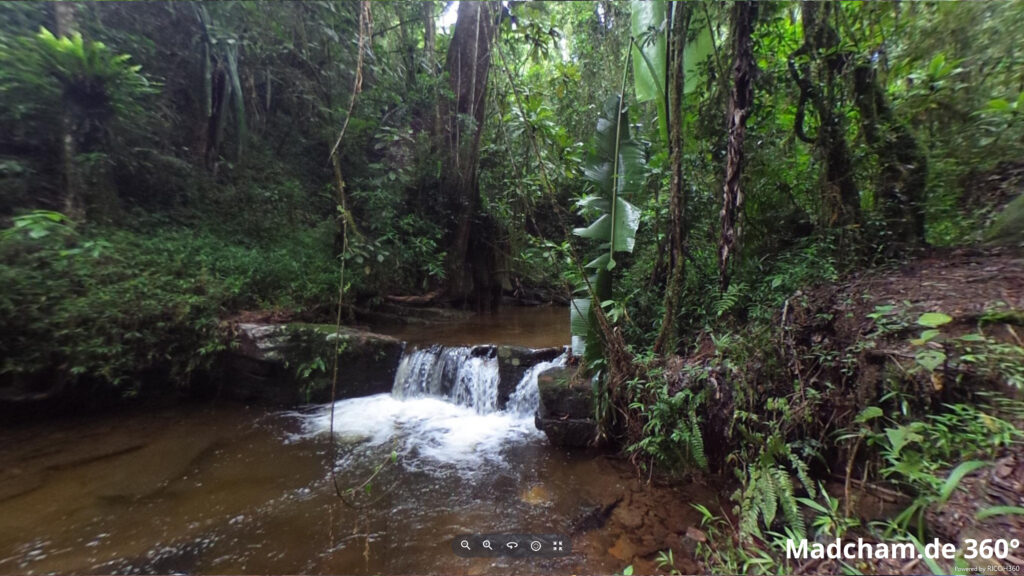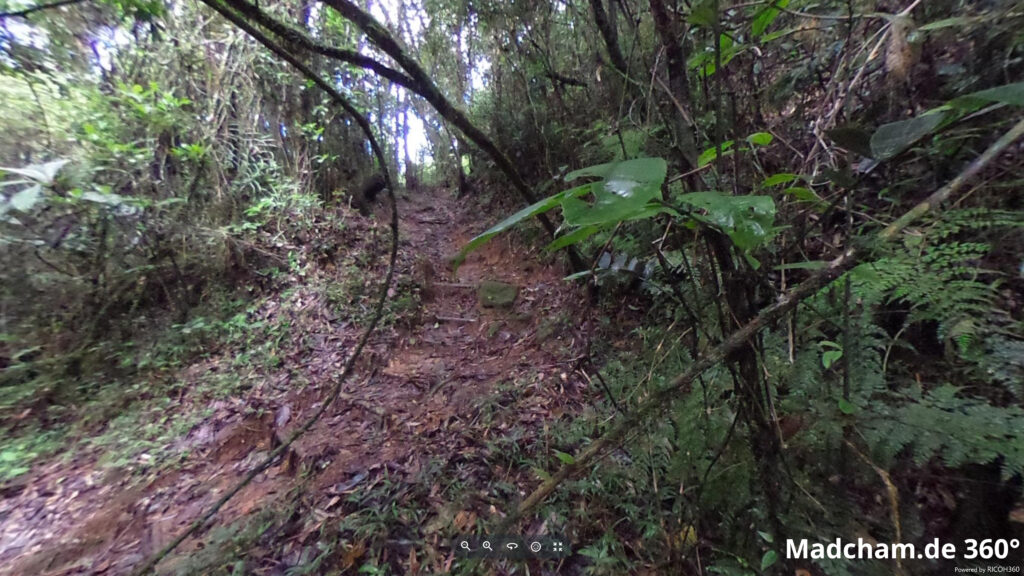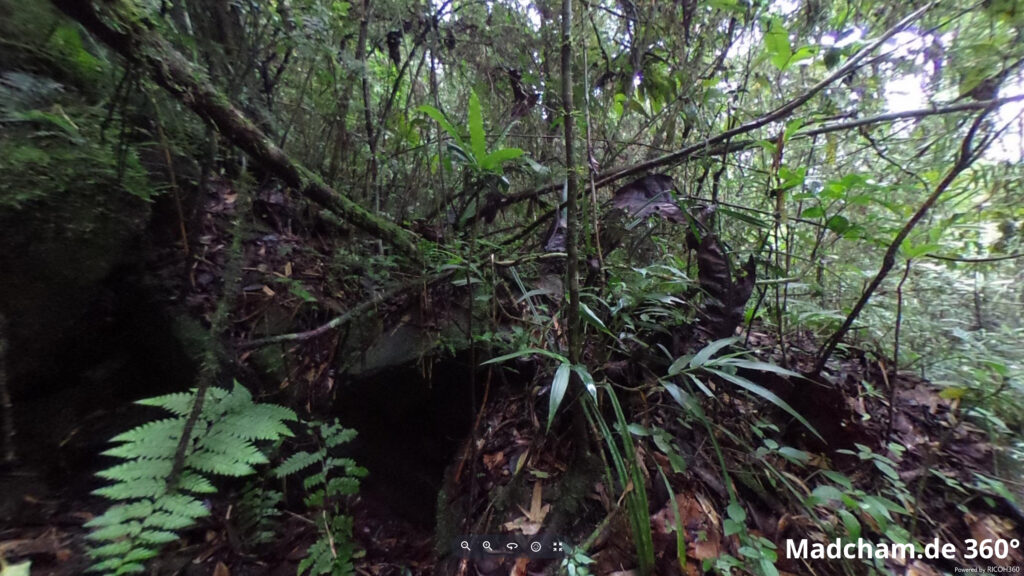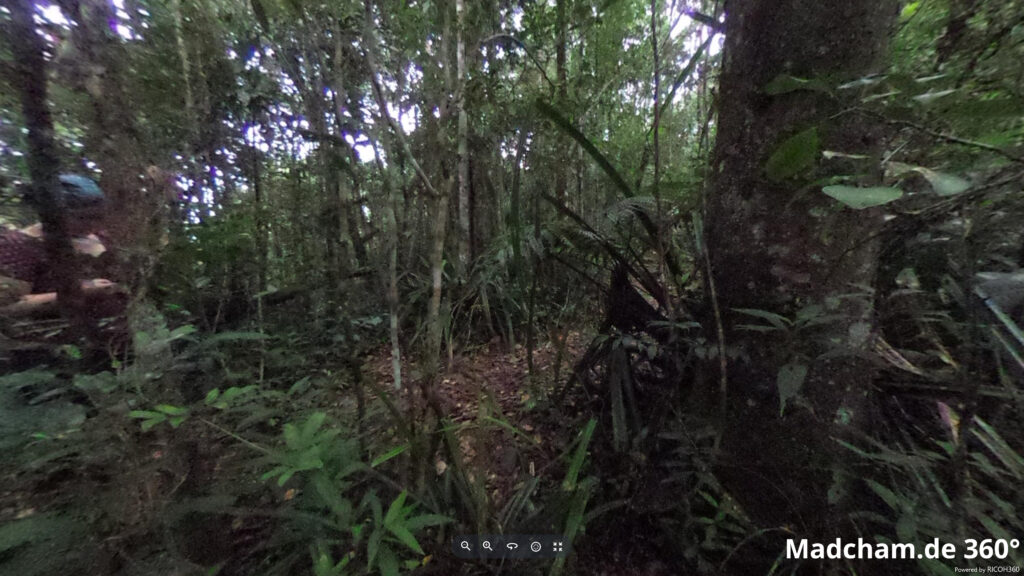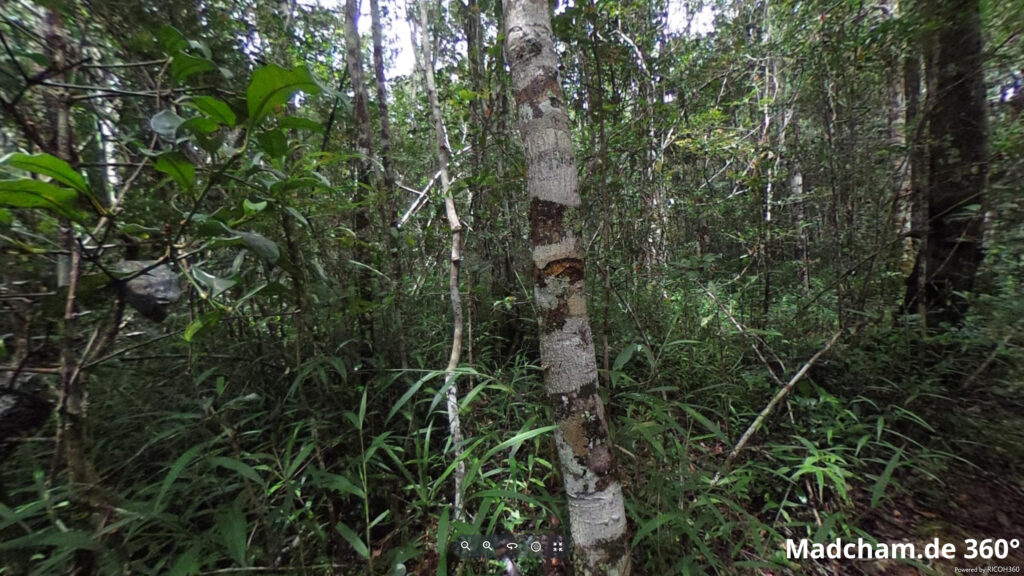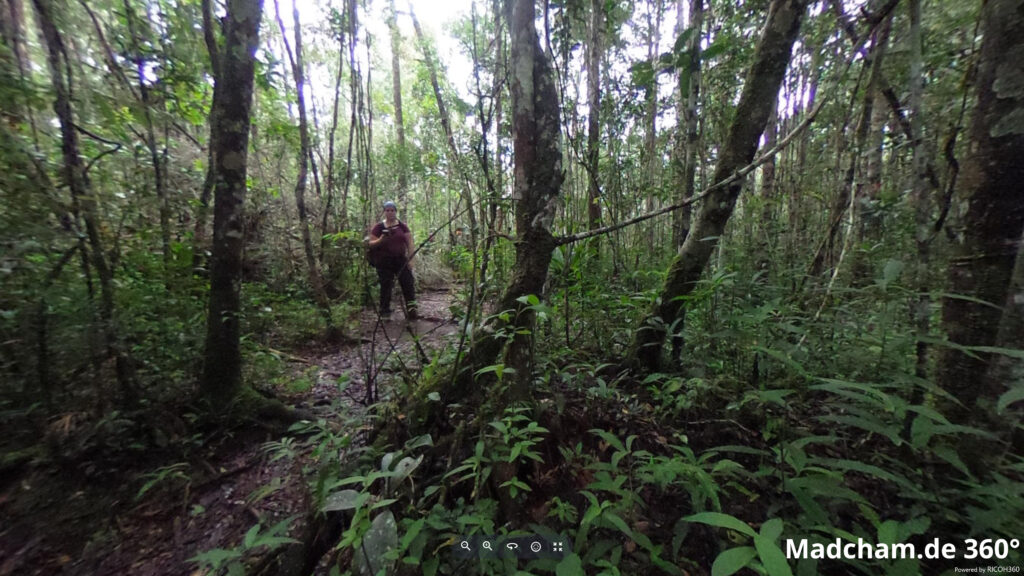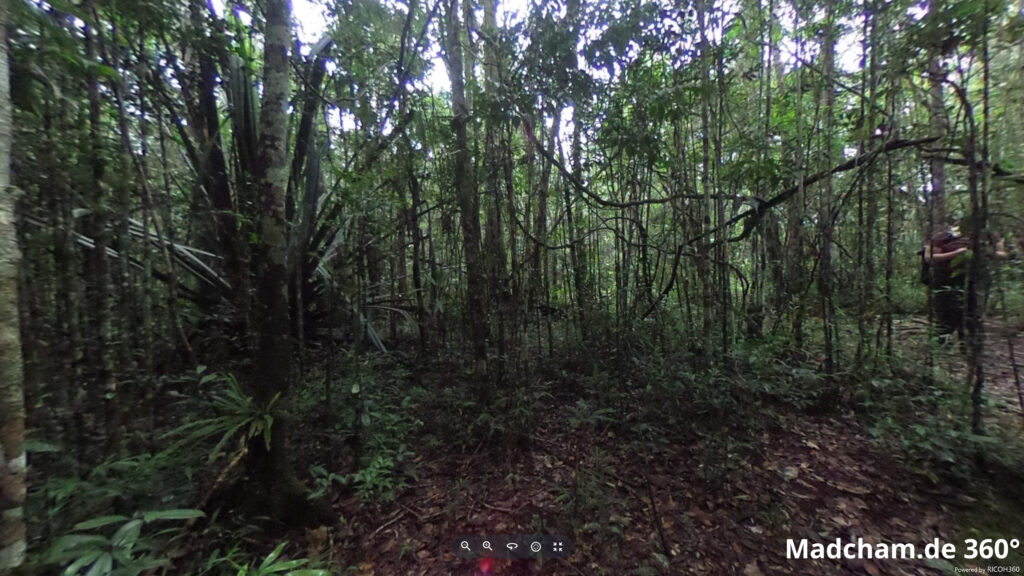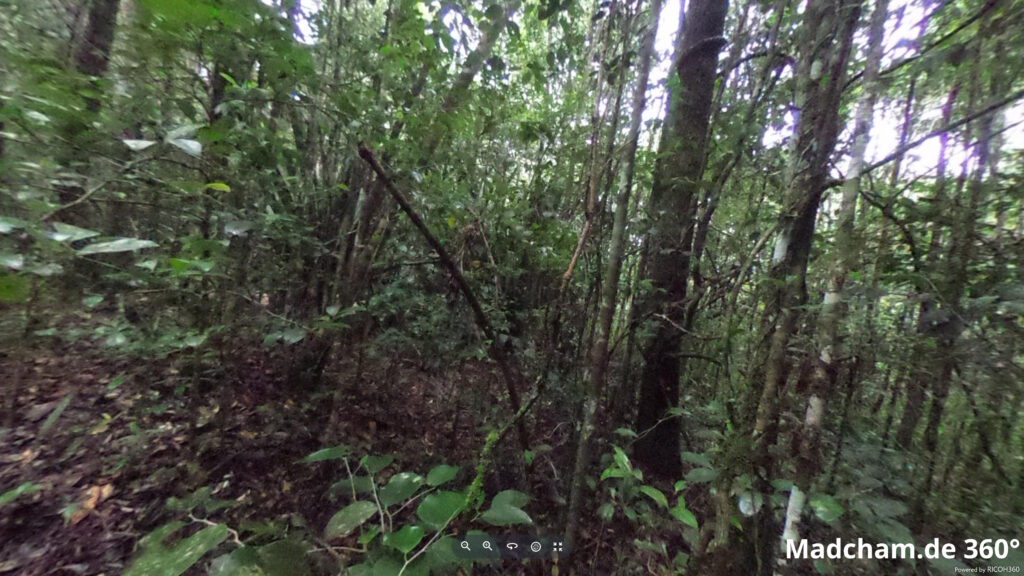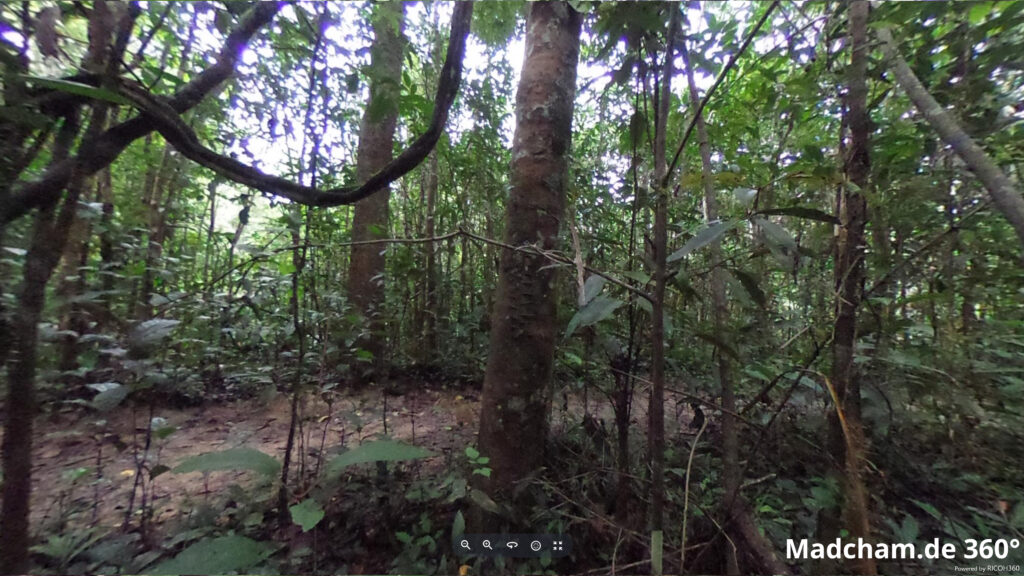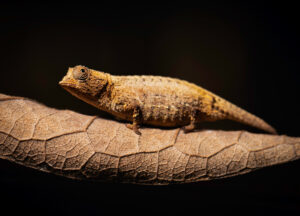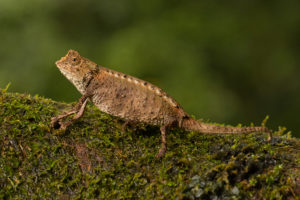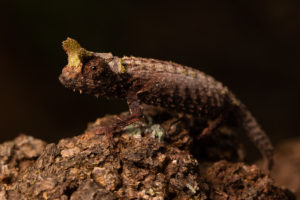2011-13 each 200 specimens, 2014-16 each 500 specimens, 2017 for the first time 2000 specimen, in 2018-2024 each 500 specimens for legal export
First description:
(Kuhl, 1820)
Origin of the species name:
The ornithologist Dr. Heinrich Kuhl from Francfort (Germany) named this chameleon species after its immediately recognizable, conspicuous bony projections above the eyes. The Latin word supercilium means eyebrow.
Distribution:
Brookesia superciliaris is a very common and widely distributed leaf chameleon species. The habitat reaches from Madagascar’s dry south along the whole east coast up to Marojejy and Masoala. They live in foliage layers, on mossy ground and in bushes and shrubs, on elevations up to 1200 m above sea level. We have found this species yet in Andasibe-Mantadia, Masoala, and Ranomafana national parks as well as in Vohimana and along the east coast. During the daytime, you can find them knee-high along the trails, sometimes even walking on branches in two meters height. Some animals we have even found climbing on tree trunks. It is one of few Brookesia species that often tend to climb up higher than just a little above the ground.
Appearance & size:
This is one of the largest leaf chameleons, it grows up to 85 to 95 mm including the tail. The scientific name derives from the large bone appendages above the eyes (from Latin supercilium = eyebrow), which is characteristic of this species. They are brown-beige colored, and several populations show different patterns – those in Ranomafana, for example, have a row of green spots on both sides. Each body side has a row of ten to eleven spiny scales, the chin has only four to six. This species has no real “pelvic shield”, but one tubercle on each side of the pelvis. Brookesia superciliaris looks very similar to Brookesia therezieni, but does not have laterovertebral tubercles on its tail.
Good to know:
These leaf chameleons can vibrate when threatened. Due to the wide distribution and variety among populations, it is discussed whether some of the Brookesia superciliaris might be own, yet undescribed species.
Captivity:
Brookesia superciliaris has been regularly bred for some years. Like many other “small brown reptiles”, it has only a small fanbase. Due to the questionable species separation, please pay attention to mate only specimens from the same region.
| Jan | Feb | Mar | Apr | May | Jun | Jul | Aug | Sep | Oct | Nov | Dec | |
| Average temperature | 23 | 24 | 23 | 23 | 21 | 19 | 19 | 19 | 20 | 21 | 22 | 23 |
| Minimum temperature | 20 | 20 | 20 | 19 | 18 | 15 | 15 | 15 | 15 | 16 | 18 | 19 |
| Maximum temperature | 27 | 27 | 27 | 27 | 25 | 23 | 23 | 23 | 24 | 25 | 26 | 27 |
| Rain days | 27 | 24 | 26 | 19 | 17 | 18 | 21 | 20 | 15 | 16 | 20 | 25 |
We have collected the data given above over several years with thermometers and hygrometers at the finding places of the chameleons. "Average temperature" means that values of a whole month have been calculated to one average value per month. For example all measured minimum temperature values of February have been calculated to one average minimum temperature for February. In plain language, this means single peak values of a day may be a little higher or lower than the average minimum and maximum temperatures. It is possible that a location has an average maximum temperature of 29°C, but one day during that month it had 33°C or even 35°C there.
The rainforest of Ranomafana is located in Madagascar's southern highlands at elevations around 1000 m above sea level. Thus climate is generally cooler than e.g. on the coast or in the southwestern part of the island. Days reach temperatures around 25°C, rainy season may become a little warmer. Sunny places may get a little above 30°C sometimes. At night, temperature drops down to 20°C in rainy season and even lower to 15°C in dry season.
But "dry" season is very relative in Ranomafana, because the forest does not get dry at all. Never. It may rain less and precipitation is not lasting for days, but it is still rich enough to let ground and trees never dry completely. Key factors of Ranomafana's climate are high humidity and cool nights.
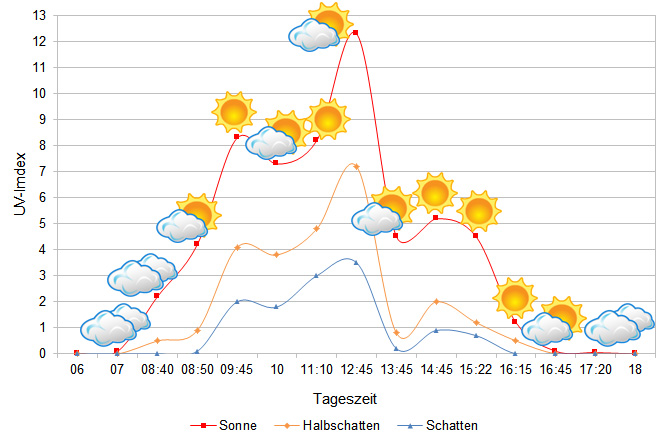
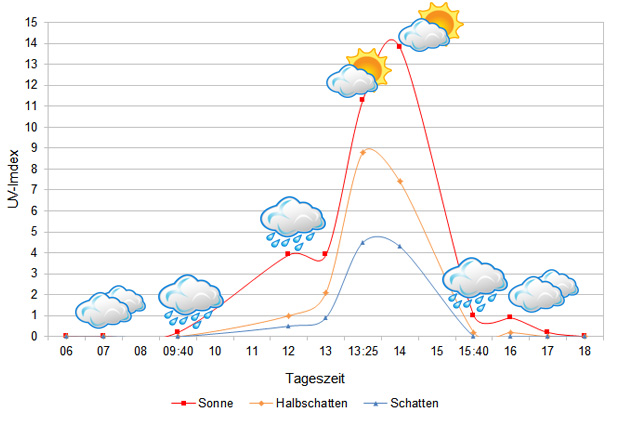
We have measured UVB data with a Solarmeter 6.5 in spring (March) at the peak of activity of chameleons in Madagascar. We always measured the values that a chameleon could maximally reach in its habitat.
Habitat:
The following pictures show the habitat of Brookesia superciliaris in Andasibe and Ranomafana. Some are even from finding places of this species. Both rainforests are evergreen and ever humid. The habitats are strongly covered with moss, many ferns, and green undergrowth. There is a lot of humid dead wood and fallen tree trunks that are already overgrown with new plants, lichens, and moss. Brookesia superciliaris is one of few leaf chameleons that inhabits also small trees and bushes and does not only walk on the ground but climbs. They are not very picky concerning their preferred trees or shrubs. In Ranomafana, the ground is rockier than in Andasibe.
Below you will find some 360° images from the rainforests of Analamazaotra that we took during the rainy season. If you click on the respective image, the pictures will open in an enlarged view in a separate window. You can use the mouse to rotate in all directions. You also have the option of running the images in full-screen mode. Enjoy!

